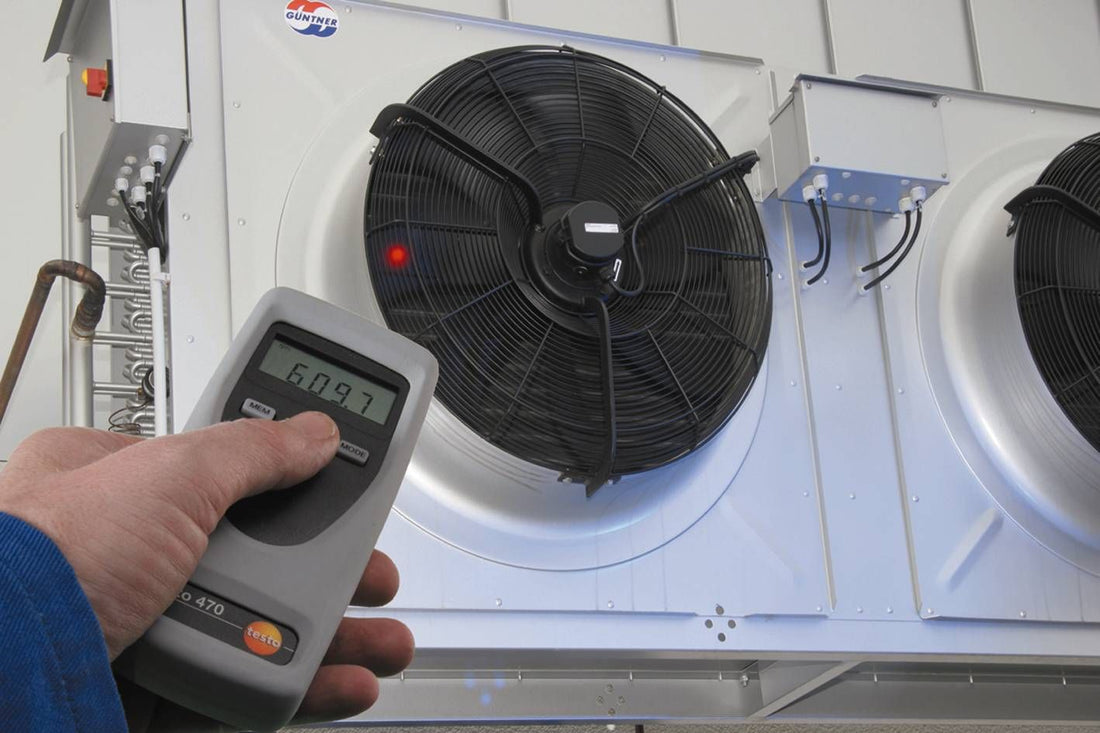
How to Test a Tachometer: Essential Steps and Tips
Share
The **tachometer**, a vital instrument in automotive and industrial applications, measures the rotational speed of an objectoften an engine crankshaft. If you're a tech professional or enthusiast looking to learn how to test a tachometer, its important to understand not only its operation but also the testing procedures to ensure it provides accurate readings.
Understanding how to effectively test a tachometer can save you a lot of troubleshooting time and expense. Whether youre working in your garage or in a professional setting, this guide will walk you through the steps necessary to evaluate and troubleshoot tachometer performance.

What is a Tachometer?
A tachometer serves a critical function in engines, providing real-time feedback on RPM (revolutions per minute). Most vehicles are equipped with an analog or digital tachometer, offering drivers and technicians insight into engine performance. For a detailed overview of tachometer types, refer to this article on tachometer functions.
Common Issues with Tachometers
When testing a tachometer, it's paramount to first identify potential issues. Some common problems include:
- Fluctuating Readings: A tachometer should provide a stable reading. Fluctuations can suggest electrical issues or sensor malfunctions.
- Non-Responsiveness: If the tachometer is not responding, it could be a sign of wiring problems or device failure.
- Inaccurate Readings: Sometimes the tachometer works but provides inaccurate data, often due to calibration issues.
How to Test a Tachometer
Now, lets dive into the process of testing a tachometer.
Step 1: Gather Necessary Tools
Before you begin, make sure you have the following tools on hand:
- Digital Multimeter
- Tachometer Tester
- Wiring Diagram
- Screwdriver Set
Step 2: Safety Precautions
Always prioritize safety when working with automotive electronics. Disconnect the battery before making any connections or adjustments to avoid electrical shocks.
Step 3: Inspect Wiring and Connections
Check all wiring connected to the tachometer for any visible damage, fraying, or loose connections. A common issue can arise from faulty wiring, which could inhibit proper functioning. For a guide on wiring a tachometer, check this resource.
Step 4: Testing with a Multimeter
Using a digital multimeter, set it to the appropriate settings to measure voltage. Connect the probes to the tachometers power source and ground. If the voltage is within the expected range, it indicates that the issue may lie within the tachometer itself.
Step 5: Use a Dedicated Tachometer Tester
For more accurate results, you can use a tachometer tester. Attach it to the tachometer following the manufacturer's instructions. This device will provide direct RPM readings, allowing you to compare them against your tachometer's display.
Step 6: Verify Against Known Standards
If possible, compare readings from your tachometer with known standards (like another working tachometer). This side-by-side comparison will help you ascertain the accuracy of your readings.
Common Testing Tips
- Ensure connections are clean and corrosion-free.
- Test both at idle and during higher RPMs for comprehensive results.
- Keep a log of readings for future reference, as this can help in diagnosing persistent issues.
When to Replace a Tachometer
If your tests indicate a malfunctioning tachometer, you might need to consider a replacement. Here are signs that a replacement is necessary:
- Consistently inaccurate readings even after testing.
- Physical damage to the unit.
- Complete non-functionality.

Frequently Asked Questions
-
Q: How do I know if my tachometer is broken?
A: If the readings are unstable or absent, or if it gives readings inconsistent with actual RPMs, it may be broken. -
Q: Can I test a tachometer on my own?
A: Yes, with the right tools like a multimeter and tachometer tester, you can test it yourself. -
Q: What should I do if my tachometer is faulty?
A: Troubleshoot the wiring first, then consider professional inspection or replacement.
Understanding how to test a tachometer empowers you as a tech professional or enthusiast to maintain your equipment effectively. By following the steps outlined in this guide, you can ensure that your tachometer operates accurately, contributing to the overall functionality and safety of your vehicle or machinery.
For further reading on tachometers, including installation tips and best practices, visit this link.
Lastly, feel free to refer to the following internal resources for more insights: Hook Up a Tachometer, Install a Tachometer, and Best Tachometer.
